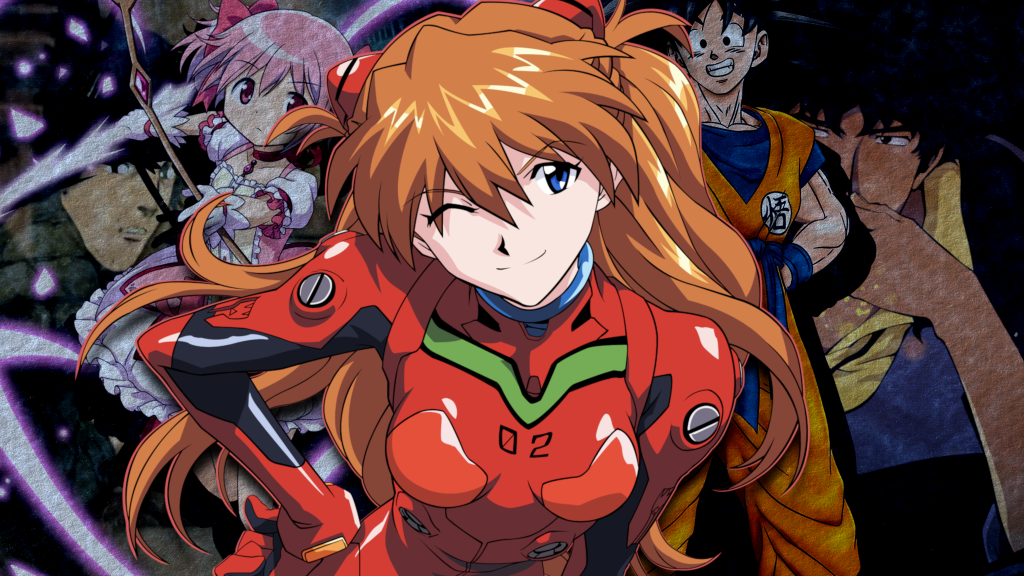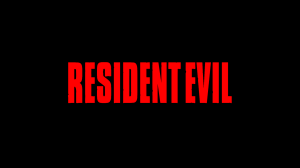There are certain anime that are just quintessential. From battle-heavy Shonen Jump classics to chilling thrillers to enchanting magical girls, anime is a broad genre with a broad definition; basically, it covers a lot of ground. There are a few choice cuts that rise above others: works of art nobody should go without witnessing.
Videos by ComicBook.com
Whether it’s because of its profound cultural impact, its demonstration of anime’s range, or simply because you’d be missing out by not giving it a chance, we’ve assembled a list of the top anime you absolutely must see before you kick the bucket. (We’ve focused on serials here, but keep your eyes peeled for a movie version of this list, too!)
1) Dragon Ball Z

For countless kids across the globe, Dragon Ball is where it all began. In the decades since Dragon Ball and Dragon Ball Z’s late-’80s releases, the name “Goku” has become universally known. Many battle shonen anime have picked up and built on some of the key innovations creator Toriyama and studio Toei Animation brought out with the Dragon Ball franchise. There’s no better way to get a big picture of the whole industry in a nutshell.
Dragon Ball Z is a nostalgic series for innumerable kids who grew up watching Toonami and/or collecting stray VHS and DVD releases and/or owning a PS2. It comes with the baggage nostalgia brings. For example: the inexorable question of whether it holds up today. Dragon Ball Z needs to be watched as a soap opera, with some caution to the wind and an appreciation for the ride itself. However, give it a shot (its Kai remaster makes this easy, cutting out filler and adapting the source for modern displays) and watch to the end. At the very least, it’s necessary cultural knowledge.
2) Ghost Stories (Dub)
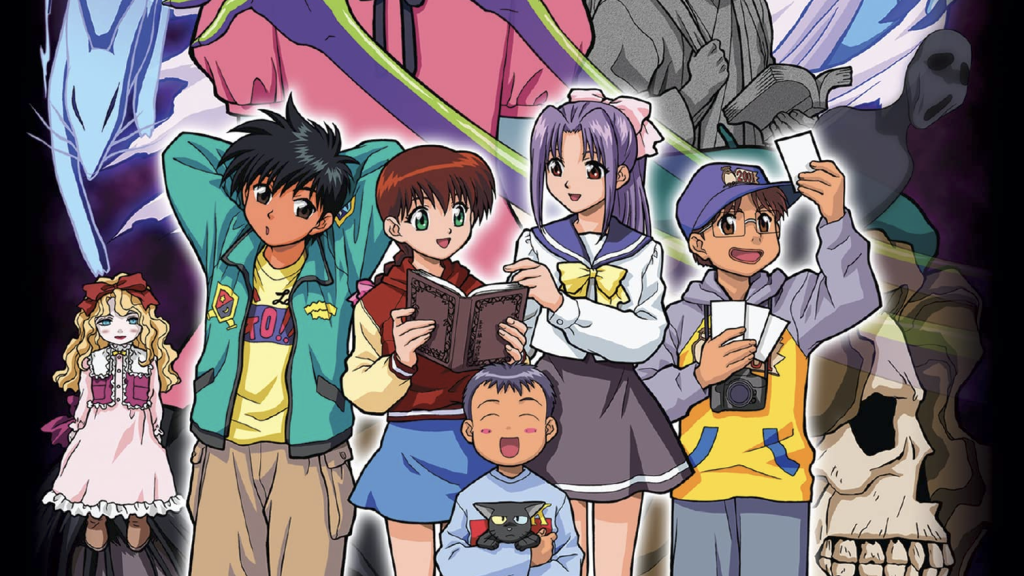
In a similar vein, but also very different, is the Ghost Stories dub. It might seem like a strange pick―practically nobody outside of the anime fan base has heard of it, even though within the animanga sphere it’s old news―but the Ghost Stories dub is an essential watch both for pure enjoyment and for its cultural resonance.
The series hearkens back to a Wild West of Western localization: back when Shin Megami Tensei: Persona was rebranded as Revelations: Persona and character Mark received a questionable recolor; back when, outside of enthusiast communities, anime largely amounted to what was on 4Kids or Adult Swim. Given a boring story in an oversaturated market of middling horror anime, ADV Films was granted free rein with the script aside from a few loose guidelines. The result was a hilarious, if not always well-aging, script bringing life to a forgettable series and making it anything but.
3) Monster
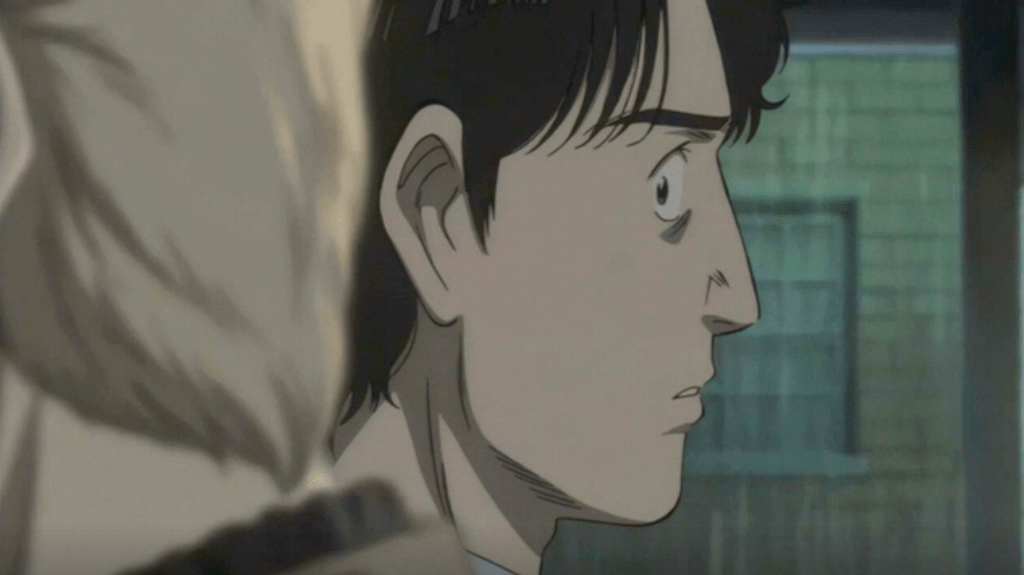
On the other side of things is one of Japanese animation’s best-kept secrets until recent licensing and marketing by Netflix brought it to more mainstream attention. For years and years, the only way to watch Monster was by pirating it or by getting your hands on some low-quality DVDs. Now, it’s easier to watch than ever. Monster is the brainchild of universally revered mangaka Naoki Urasawa. If you have any preconceptions about what anime can be or can do, Monster is here ready to turn them over.
Based on the journeys of a doctor to clear his name after being framed by a serial killer he treated as a child, Monster is equal parts thrill-ride and existential probing. It’s really a flash-in-the-pan type deal: Monster, an already extremely well-regarded manga, was picked up by a Madhouse (Death Note, Claymore) at the top of their game producing moody masterpieces. The collision of Madhouse’s deviously good art and sound with Monster‘s unrelenting narrative is a recipe for perfection.
4) Naruto
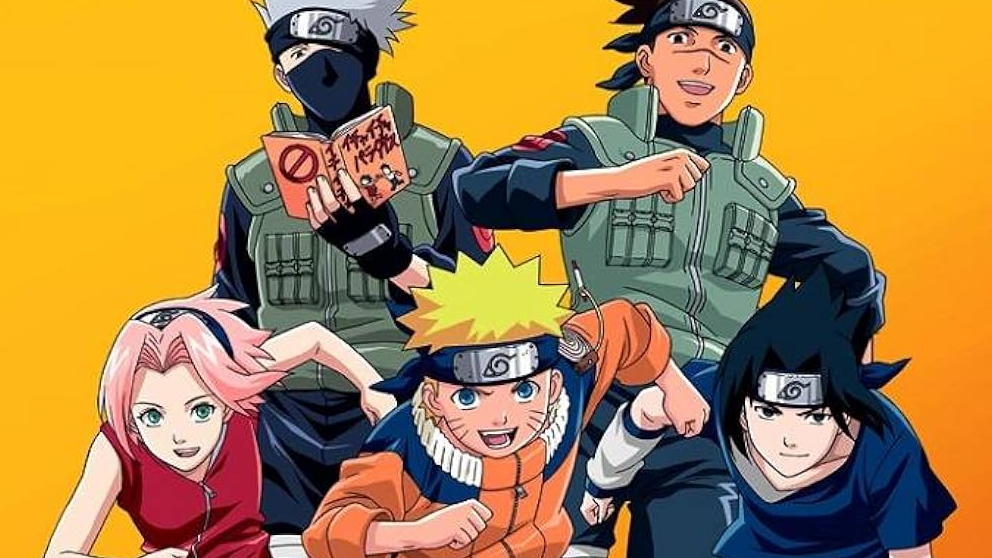
Alongside its beloved compatriots in One Piece and Bleach, Naruto was part of a vanguard in the early 2000s that definitely marked the beginning of what can loosely be called the modern shonen. Every good battle shonen today―Jujutsu Kaisen, Demon Slayer, Hell’s Paradise, you name it―has Naruto pulsing through its DNA to such an extent that the story overcomes its aforementioned brethren. Enough time has passed that it’s fair to say Naruto is the Dragon Ball of the early 21st century.
There’s a brief disclaimer here, which is that to fully grasp Naruto as a bucket list anime, you do have to work through both the original series and its sequel, Shippuden, which respectively cover the first and second half of creator Kishimoto’s landmark manga. But the work will be rewarded. So many tropes, themes, and devices at the heart of Naruto reappear in later shonen anime in honor or in parodies of the colossal story of two fated rivals and the ninja village they both call home.
5) Zeta Gundam

Like Naruto, Zeta Gundam comes with a catch. To fully enjoy it, you have to first work through the original Mobile Suit Gundam (MSG) from 1979. Gundam fans refer to the primary continuity as the Universal Century (UC) timeline, and continuity is crucial within it. Fortunately, thanks to three compilation films (MSG The Motive, MSG II: Soldiers of Sorrow, and MSG III: Encounters in Space), that’s fairly easy to do. The reward is Zeta Gundam, a groundbreaking sequel to Gundam ’79 universally hailed as a rare example of a superior sequel.
Gundam hardly needs introduction, but it’s where modern mecha―and, really, anime itself―started, as the chief progenitor of the Real Robots genre where mecha serve as the instruments for human affairs. Zeta Gundam takes the groundwork laid in Gundam ’79 and blows it wide open, turning all of its black-and-white themes into gray shadows that will leave viewers in awe and scrambling to talk about it. Gundam blows your mind; Zeta Gundam flips it inside out.
[RELATED: One of Gundam’s Most Popular Anime is Not That Deep (But Is Still Worth Watching)]
6) Neon Genesis Evangelion

Speaking of mecha anime that flips your mind inside-out: Evangelion, another franchise that hardly needs an introduction. Shinji Ikari is tasked with piloting a mecha called an Eva to defend the world against space monsters called Angels. That seems to be the plot, anyway, before things unravel into a glorious muck of conspiracy and symbolism.
Evangelion was revolutionary in leading a front of pensive anime interested, above all, in deconstructing extant anime genres while deploying their premises in explorations of late ’90s Japan’s isolation, alienation, and insecurity. Injecting concepts like Gnosticism and psychoanalysis into the formula both pioneered and mastered by Gundam, Evangelion soars straight to the heart of its viewers as readily as its cast, with so many impenetrable layers that fan forums discussing the series still thrive decades later.
7) Cowboy Bebop

Many entries on this list tackle similar existential of the confrontation of self and others in the face of a reality that’s as relentless as it is unpredictable. You can comfortably add Cowboy Bebop to the list. Really, coming out of the same period and social atmosphere, Cowboy Bebop attempts to answer the same questions as Eva, but at its core, it takes a fundamentally different approach.
Cowboy Bebop takes as its foundation an utterly horrifying future (partly because of its mundanity), blurring the lines between space western and cyberpunk. There, a squad of space bounty hunters rolls through like dynamite tumbleweed, each with a past that ceaselessly demands their attention but which is only important to themselves.
Really, Cowboy Bebop and Evangelion belong as a pair. Evangelion takes aim at the self with its psychoanalytic viewpoint; Bebop takes aim at society with its episodic existentialism meaninglessly paced against anomie. Watch both and pick your poison if you like, but no matter what you do, watch both.
8) Lupin III Part IV
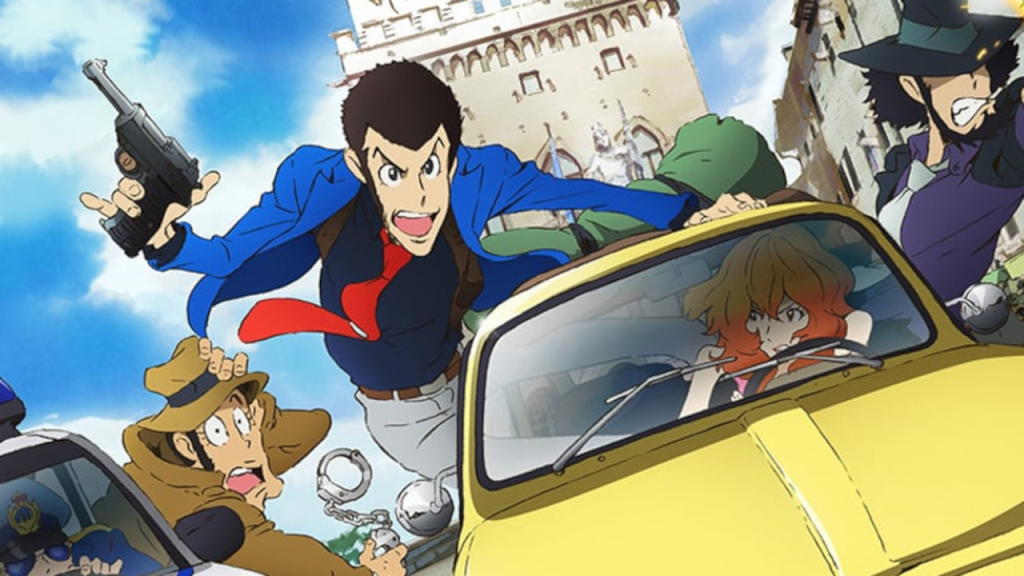
In the same vein as Cowboy Bebop‘s episodic capers, Lupin III comes to mind. Lupin is, all around, one of the most influential anime franchises ever. With its roots in the ’70s, Lupin III is an anime picaresque detailing the escapades of an enigmatic thief: the titular Lupin III, apparently the grandson of famous literary gentleman-thief Arsène Lupin. Like Gundam and Dragon Ball, it’s a foundational work in the anime industry we know and love, and even early Lupin holds up.
However, early Lupin III is all episodic, and it does sometimes show its age. With Part IV, two things happen: first, the episodic experience gives way to loosely cohesive plot; second, as the first modern incarnation of Lupin III, the visual language and consistency becomes more palatable to modern audiences. Viewing the first three parts isn’t essential to jumping in at Part IV, but Part IV will give you enough of a taste of this whirlwind series that you’ll inevitably want to go back and see where it all started.
9) Frieren: Beyond Journey’s End
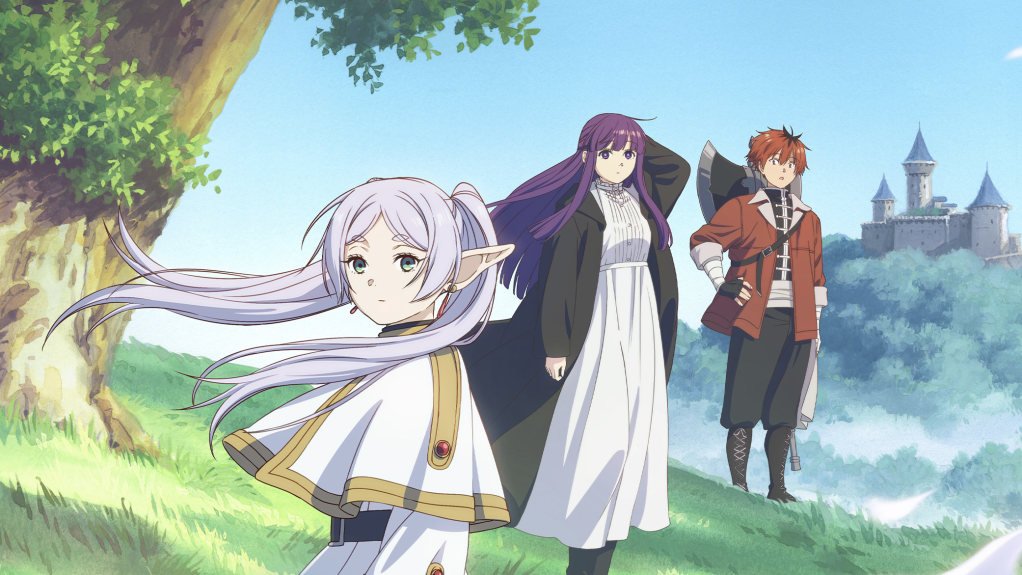
Frieren is special for many reasons. It has high fantasy foundations, but it picks a very peculiar starting point for high fantasy: the party’s disbandment. Elves here have a much longer lifespan than humans, and the titular elf, Frieren, mourns her party members of other races before setting out to see past her lifespan-imposed blinders to the spirit of the world.
It does have action, but action isn’t the focus. Frieren calls to mind anime like To Your Eternity (worth a watch if you enjoy the former, for the record) with its affecting journey. Meanwhile, although it can be placed within a wave of high fantasy deconstructions alongside IP like Re:Zero or, on the gaming side, Metaphor Re:Fantazio, it by no means seems caught up in a fad. Frieren is ridiculously earnest and it exhibits the room for sincerity in one of anime’s most maligned milieus—without fanfare but with heart.
10) Puella Magi Madoka Magica
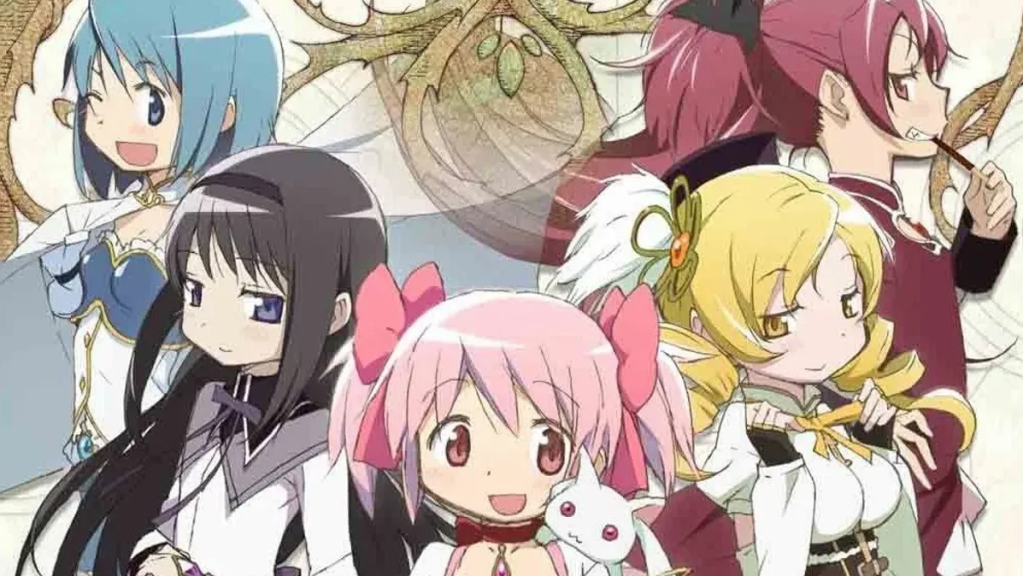
The dearth of shoujo options on this list isn’t for lack of a selection, and it’s worth mentioning that there are countless worthy shoujo anime (a nod here to NANA, one of the most bingeable anime of all time). In particular, magical girl anime like Cardcaptor Sakura, Sailor Moon, and PreCure have earned their place in anime history through dozens of iterations.
Puella Magi Madoka Magica is here because, in a sense, it honors the spirit of all of the above while being short enough to be a digestible introduction to the genre writ large. Technically speaking, it spearheaded the movement of magical girl deconstruction/reconstruction anime (see also: Kill la Kill, Yuuki Yuuna). But like Jacques Derrida, father of deconstruction who mainly tore apart texts he loved, Madoka Magica is a labor of love that cuts to the heart of the magical genre―with the same gesture that it professes its love, no less. With Madoka‘s next movie on the way, now’s a great time to pick it up.
Disarming, brilliant, and often overwhelming, Madoka Magica caps our bucket list anime selections. Pruning selections was almost impossible, and input came from across the team here at ComicBook Anime. We invite you to fill it out with your own bucket list anime in the comments below!

